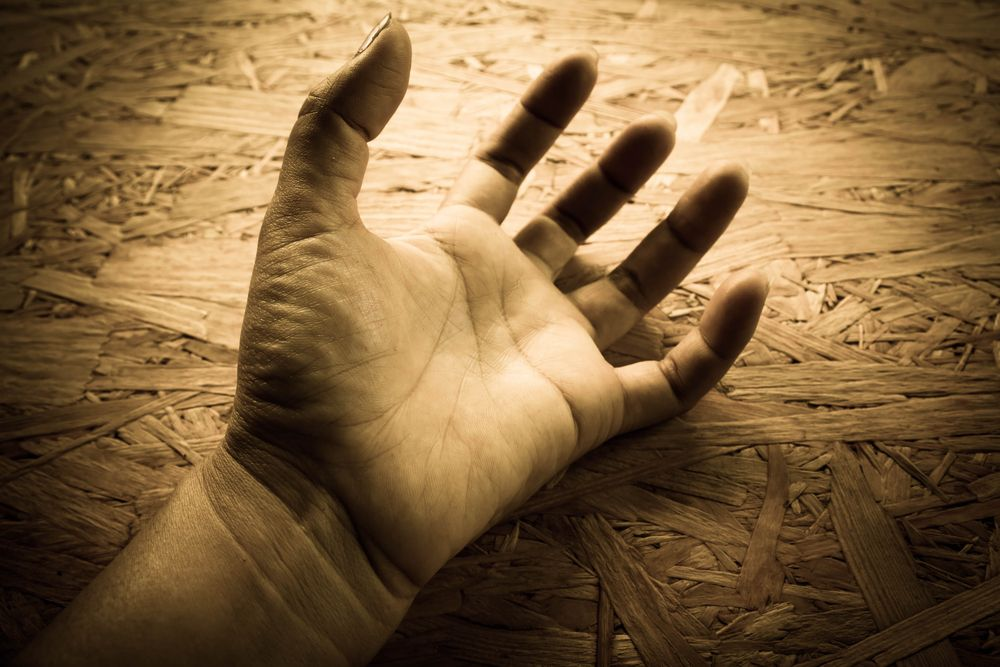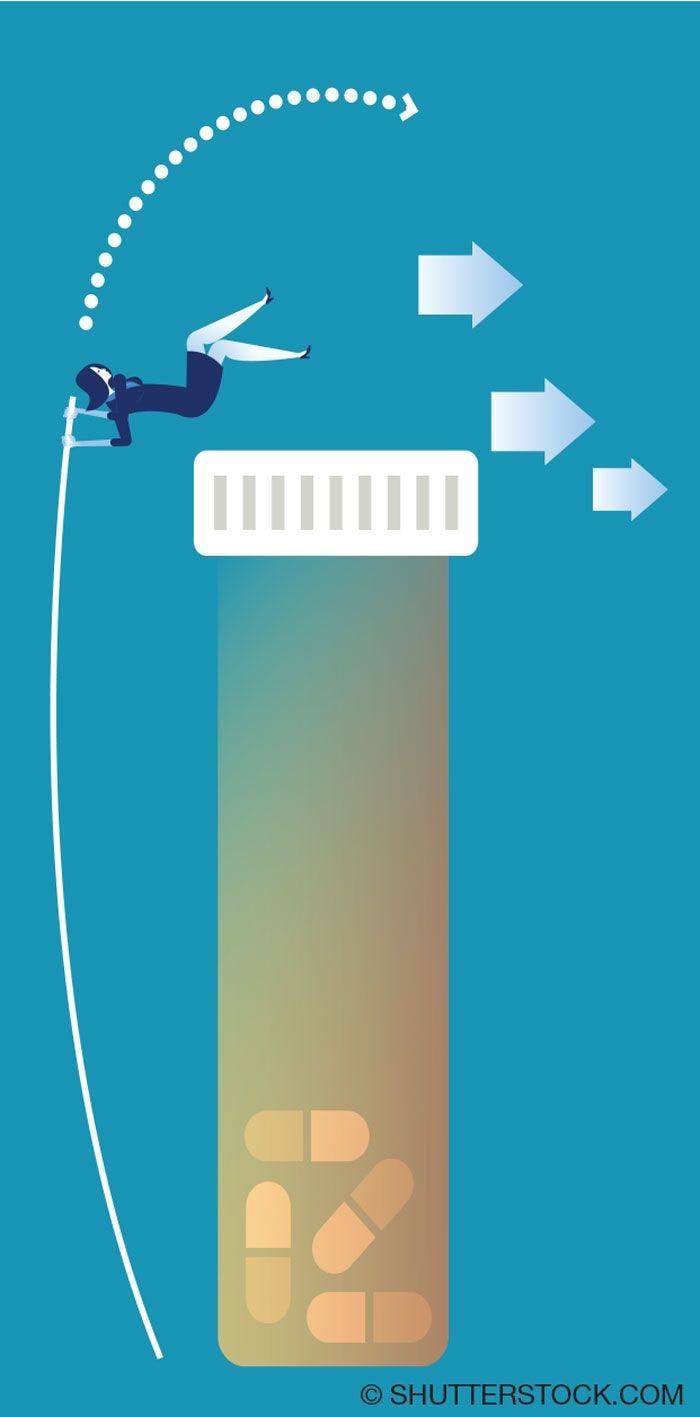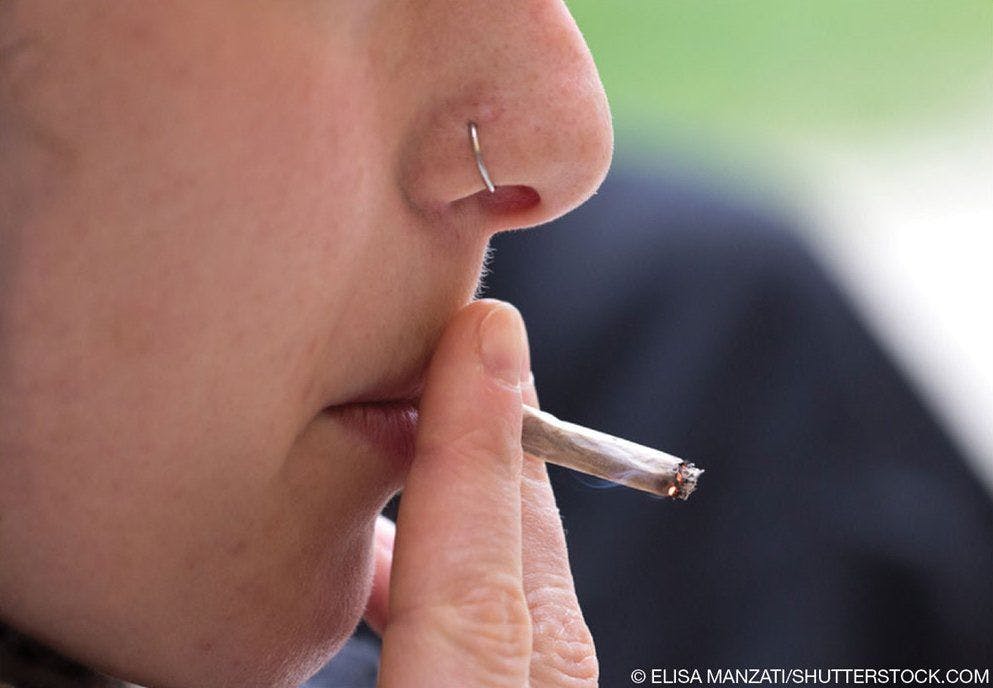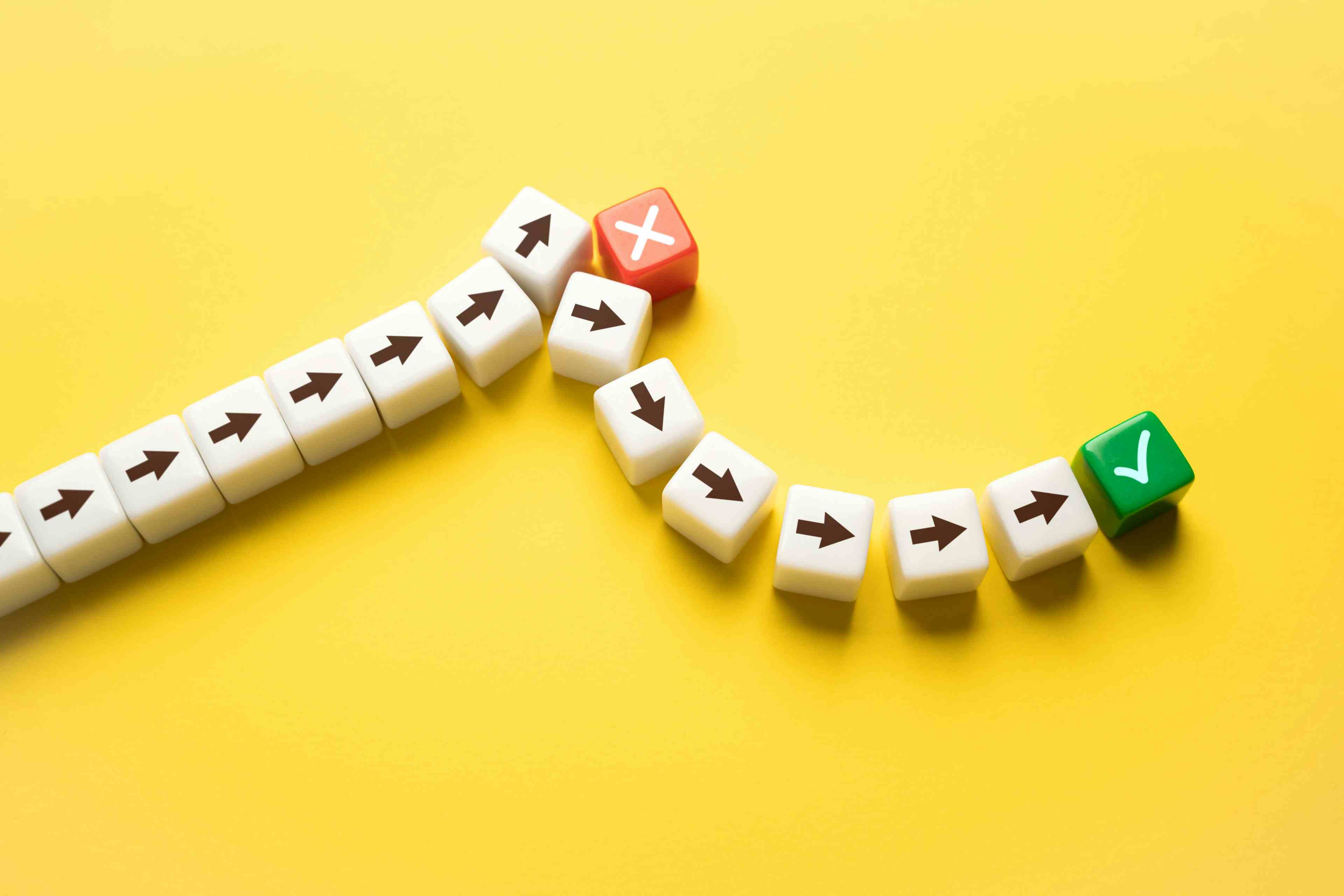Publication
Article
Psychiatric Times
What’s New in Bipolar Depression?
Author(s):
Here: a plethora of treatment options, including mood-lifting stabilizers, non-antidepressants, psychotherapy, and lifestyle interventions.
©Namning/Shutterstock

Therapeutic imbalance
There’s a slight imbalance in our therapeutics for bipolar disorder. While patients spend most of their time in the depressed phase, the FDA-approved treatments for mania outnumber those for depression 4 to 1.
First, here are my biases. In addition to the FDA-approved options, I will consider any treatment with at least one randomized, controlled trial that supports its merits. I tend to favor those with large effect sizes (eg, pramipexole) or low risks (eg, omega-3 fatty acids). I also value treatments with long-term data, even when their short-term benefits are debatable (eg, lamotrigine, psychotherapy). This is, after all, a chronic condition.
Mood-lifting stabilizers
The ideal treatment for bipolar depression would lift mood in the short term and prevent new episodes in the years to come. Examples of these mood-lifting stabilizers include lamotrigine, lithium, a few atypical antipsychotics (olanzapine-fluoxetine combination, quetiapine, lurasidone, cariprazine), and possibly valproate.1,2
Bipolar disorder may be chronic, but its episodes need not be.
How to choose among them? Collaborate. Adherence hovers around 50% in bipolar disorder, so it behooves us to ask patients about their hopes and fears in treatment. If fast results are desired, the atypical antipsychotics may be best. More often, patients value tolerability, in which case lamotrigine and lithium might come first. Practitioners often question lamotrigine’s efficacy and lithium’s tolerability, but new research suggests those reputations may be undeserved.3,4
Non-antidepressants for bipolar disorder
Next in line are medicines that can treat acute bipolar depression without destabilizing mood. These are best paired with a mood stabilizer, since they won’t prevent new episodes on their own. I have left antidepressants off this list because their mood-destabilizing potential has not escaped the eye of controlled studies.5 To be fair, all the options on this list probably have some mood-destabilizing potential, as this problem is notoriously difficult to detect in research (and in practice). The non-antidepressants that made the cut are pramipexole, modafinil, armodafinil, thyroid augmentation, omega-3 fatty acids (with more than 60% eicosapentaenoic acid), N-acetylcysteine, L-methylfolate, pioglitazone, and celecoxib.1,6-8
Pramipexole is noteworthy because it has a large effect size (0.77 - 1.1) and lacks detrimental effects on weight, sexuality, and cognition.8 Modafinil and armodafinil also share that side-effect profile, although the research on these agents is not as clearly positive as it is for pramipexole.1 In my experience, these novel stimulants rarely break through severe depression but often improve residual symptoms such as cognition and fatigue. For patients, however, that can make the difference between staying in bed and returning to work.
Thyroid augmentation is particularly useful in lithium-treated patients, in whom keeping the thyroid-stimulating hormone level close to 2.6 mIU/L lowers the risk of depressive relapse.9
Among devices, ECT has long been known to surpass pharmacologic options for unipolar depression, and a recent study confirmed that effect in bipolar depression.1 Transcranial magnetic stimulation has a smaller effect size than ECT, but it appears to work equally well in unipolar and bipolar depression.10
Light therapy has promising open-label studies and a positive controlled trial (when paired with wake therapy) in bipolar depression. Although morning light has been associated with mania, the problem can be reduced by using the lightbox at noon and reducing its duration.11
Therapy and lifestyle
My top choices in this category are Social Rhythm Therapy (SRT), Cognitive Behavioral Therapy for Insomnia-Bipolar (CBT-ib), and moderate aerobic exercise.
The benefits of exercise compare favorably with those of antidepressants, and in one study exercise surpassed antidepressants in maintaining remission.12 The dose is relatively low: brisk walking, 45 minutes every other day. Though research is lacking in bipolar depression, from what we know about its mechanism (exercise raises levels of brain-derived neurotrophic factor [BDNF]), it is likely to work.
That raises a question: Can exercise trigger mania? I think not, unless the patient is exercising in place of sleep. BDNF levels are low in depression and mania.13 Exercise also deepens sleep quality, which could improve manic states. If done at regular times, exercise might stabilize mood by setting the biological clock, which is the mechanism behind the next 2 therapies.
Regular rhythms of sleep and daytime activity are the focus of the 2 therapies I’ve highlighted: SRT and CBT-ib. These approaches are better at preventing relapses than resolving acute episodes.14 For example, patients saw little change in their mood after a 2-month course of CBT-ib, but 4 months after completing the therapy, they had an 8-fold improvement in days well.15 That’s a remarkable benefit, and the delay is just as important to emphasize. People are less likely to give up prematurely when they know what to expect.
The most important expectation to clarify for people with bipolar depression is this one: they should expect, and do deserve, a full recovery. Bipolar disorder may be chronic, but its episodes need not be.
This article was originally posted 5/10/17 and has since been updated.
Disclosures:
Dr. Aiken is the Director of the Mood Treatment Center and an Instructor in Clinical Psychiatry at the Wake Forest University School of Medicine. He does not accept honoraria from pharmaceutical companies but receives honoraria from W.W. Norton & Co. for Bipolar, Not So Much, which he coauthored with Jim Phelps, MD.
References:
1. Fountoulakis KN, Grunze H, Vieta E, et al. The International College of NeuroPsychopharmacology (CINP) treatment guidelines for bipolar disorder in adults (CINP-BD-2017), part 3: the clinical guidelines. Int J Neuropsychopharmacol. 2017;20:180-195.
2. Durgam S, Earley W, Lipschitz A, et al. An 8-week randomized, double-blind, placebo-controlled evaluation of the safety and efficacy of cariprazine in patients with bipolar I depression. Am J Psychiatry. 2016;173:271-281.
3. Parker G, McCraw S. The ‘disconnect’ between initial judgments of lamotrigine vs. its real-world effectiveness in managing bipolar disorder. A tale with wider ramifications. Acta Psychiatr Scand. 2015;132:345-354.
4. Ketter T. Handbook of Diagnosis and Treatment of Bipolar Disorders. Washington, DC: American Psychiatric Publishing; 2009.
5. Viktorin A, Lichtenstein P, Thase ME, et al. The risk of switch to mania in patients with bipolar disorder during treatment with an antidepressant alone and in combination with a mood stabilizer. Am J Psychiatry. 2014;171:1067-1073.
6. Sublette ME, Ellis SP, Geant AL, Mann JJ. Meta-analysis of the effects of eicosapentaenoic acid (EPA) in clinical trials in depression. J Clin Psychiatry. 2011;72:1577-1584.
7. Nierenberg AA, Montana R, Kinrys G, et al. L-methylfolate for bipolar I depressive episodes: an open trial proof-of-concept registry. J Affect Disord. 2017;207:429-433.
8. Aiken CB. Pramipexole in psychiatry: a systematic review of the literature. J Clin Psychiatry. 2007;68:1230-1236.
9. Frye MA, Yatham L, Ketter TA, et al. Depressive relapse during lithium treatment associated with increased serum thyroid-stimulating hormone: results from two placebo-controlled bipolar I maintenance studies. Acta Psychiatr Scand. 2009;120:10-13.
10. Berlim MT, van den Eynde F, Tovar-Perdomo S, Daskalakis ZJ. Response, remission and drop-out rates following high-frequency repetitive transcranial magnetic stimulation (rTMS) for treating major depression: a systematic review and meta-analysis of randomized, double-blind and sham-controlled trials. Psychol Med. 2014;44:225-239.
11. Tseng PT, Chen YW, Tu KY, et al. Light therapy in the treatment of patients with bipolar depression: a meta-analytic study. Eur Neuropsychopharmacol. 2016;26:1037-1047.
12. Babyak M, Blumenthal JA, Herman S, et al. Exercise treatment for major depression: maintenance of therapeutic benefit at 10 months. Psychosom Med. 2000;62:633-638.
13. de Sousa RT, van de Bilt MT, Diniz BS, et al. Lithium increases plasma brain-derived neurotrophic factor in acute bipolar mania: a preliminary 4-week study. Neurosci Lett. 2011;494:54-56.
14. Oud M, Mayo-Wilson E, Braidwood R, et al. Psychological interventions for adults with bipolar disorder: systematic review and meta-analysis. Br J Psychiatry. 2016;208:213-222.
15. Harvey AG, Soehner AM, Kaplan KA, et al. Treating insomnia improves mood state, sleep, and functioning in bipolar disorder: a pilot randomized controlled trial. J Consult Clin Psychol. 2015;83:564-577.




























